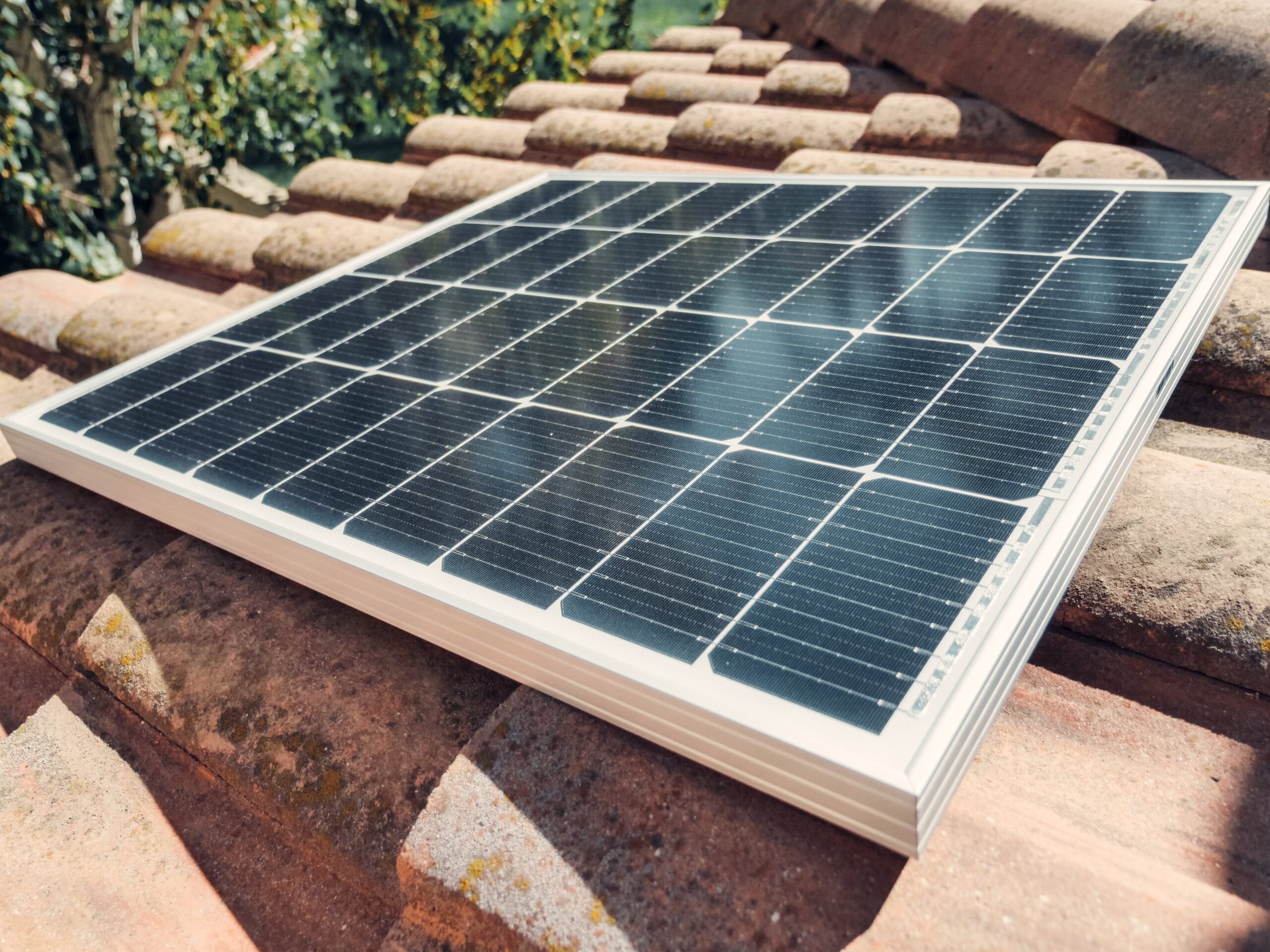A breakthrough at the University of Michigan offers crucial insights into preventing the rapid degradation of perovskite semiconductors.
This development holds the potential to result in solar cells that are significantly more affordable, with a cost reduction of two to four times compared to current thin-film solar panels.
Moreover, perovskites can be integrated with the prevalent silicon-based semiconductors found in today’s solar panels, creating “tandem” solar cells. These tandem cells have the potential to surpass the maximum theoretical efficiency of silicon solar cells.
Xiwen Gong, U-M assistant professor of chemical engineering, highlighted the advantages of silicon solar cells, emphasizing their efficiency and durability over an extended period.
However, he also pointed out the associated high costs due to the need for temperatures exceeding 1,000 degrees Celsius to produce high-purity silicon, essential for optimal efficiency.
Issues Encountered in Perovskite Solar Cell Technology
The elevated temperatures required for silicon production entail increased economic and environmental burdens.
Conversely, although perovskites can be manufactured at lower temperatures, they exhibit degradation when exposed to heat, moisture, and air.
Consequently, the current limited lifespan of perovskite impedes its commercial competitiveness in solar panels.
Gong’s research strives to enhance the durability of perovskite solar cells. Her most recent study, featured in the journal Matter, indicates that the most effective approach involves the use of sizable “defect pacifying” molecules to enhance the stability and overall longevity of perovskites.
Comprehending Deficiencies in Perovskite Structures
Perovskite crystals incorporate lead atoms that lack complete bonding with other components in the perovskite structure.
These “undercoordinated sites” represent defects commonly present on crystal surfaces and at grain boundaries, where the crystal lattice is disrupted. These defects impede electron movement and accelerate the degradation of the perovskite material.
Engineers have previously recognized that introducing defect-pacifying molecules into perovskites can effectively secure the undercoordinated lead, preventing the formation of other imperfections at high temperatures. However, the specific impact of individual molecules on the robustness of perovskite cells has remained unclear until now.
“We aimed to discern the molecular features that specifically enhance the stability of perovskite,” explained Hongki Kim, a former postdoctoral researcher in chemical engineering and one of the study’s primary authors.
Research about Perovskite Additives
In addressing the issue, Gong’s research team generated three additives with diverse shapes and sizes, incorporating them into thin films of perovskite crystals responsible for light absorption and electricity conversion.
Each additive shared identical or similar chemical building blocks, with size, weight, and arrangement emerging as the primary distinguishing properties among them.
Subsequently, the team assessed the strength of interactions between various additives and perovskites, gauging their influence on defect formation in the films.
Heavier molecules exhibited superior adherence to perovskite due to an increased number of binding sites interacting with perovskite crystals, making them more effective at preventing defect formation.
However, optimal additives also required substantial spatial occupancy. Molecules that were large but slender led to the creation of smaller perovskite grains during the manufacturing process.
This outcome was suboptimal because smaller grains result in perovskite cells with a higher density of grain boundaries, providing more opportunities for defects to emerge.
Conversely, robust and voluminous molecules prompted the formation of larger perovskite grains, consequently reducing the density of grain boundaries in the film.
Role of Additive Size and Shape
Subjecting the perovskite films to temperatures exceeding 200 degrees Celsius validated that the inclusion of substantial additives contributed to the films maintaining their distinctive slate black color and experiencing fewer structural defects.
“Both size and structure are critical considerations in additive design, and we envision that this design approach can be applied to various perovskite formulations, enhancing the longevity of perovskite solar cells, light-emitting devices, and photodetectors,” emphasized Carlos Alejandro Figueroa Morales, a doctoral student in macromolecular science and engineering and one of the study’s primary authors.
